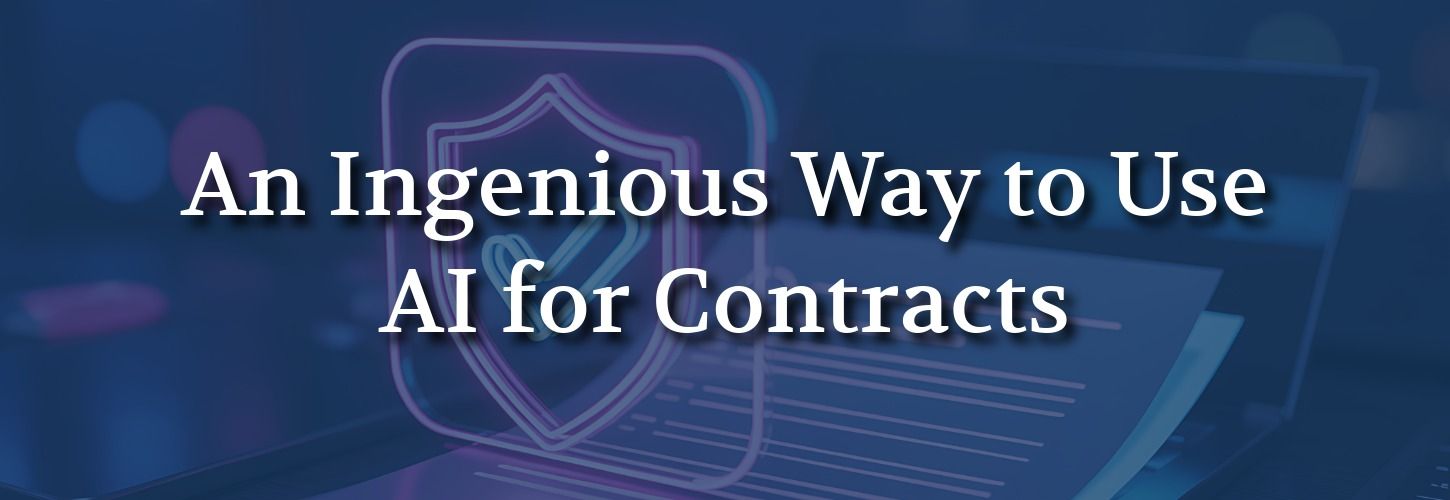
Is one Code of Conduct better than another? Your Lega or Procurement department may think so – and they might be willing to kill contracts because of it. Perhaps you’re even guilty of it yourself?
If you’ve ever been stuck in the “Whose Code of Conduct Are We Using?” standoff, you know it can bring an otherwise smooth contracting process to a grinding halt.
Here’s how it goes with procurement, legal, or vendor management:
Company A: “All our vendors must agree to our Code of Conduct.”
Company B: (Vendor): “We already have a Code. We can’t sign yours.”
Company A: “Well… we can’t sign yours, and everyone must sign ours to work with us.”
Company B: “But we work with thousands of companies, and we can’t adopt yours or anyone else’s. And we already have one. So no.”
Cue the stalemate.
Suddenly, you’re in a turf war over documents that are, let’s be honest, about 90% identical across companies.
The Problem: A Battle of Codes That No One Wins
What’s maddening is that both Codes of Conduct probably say nearly the same thing:
- No bribery.
- No modern slavery or human trafficking.
- No harassment.
- Follow the law.
- Treat people fairly.
- Protect data.
Sure, there are differences in formatting, tone, and a few details, but most Codes of Conduct follow the same global standards and regulatory expectations.
A Smart Solution
I’ve seen contracts stall for weeks, sometimes months, over this entirely avoidable debate. Yet last month, during a compliance roundtable I hosted in London, I heard an idea so simple and so smart that everyone at the table stopped, blinked, and said some version of, “Why aren’t we all doing that?”
A Compliance Officer we’ll call Sarah from Company A explained how her team finally solved the Code of Conduct standoff.

Here was her process:
Step 1: Upload the Codes
Sarah takes Company A’s Code and Company B’s Code and uploads them into ChatGPT or another large-language-model tool.
Step 2: Ask AI to Compare Them
Her prompt was something like:
“Please compare these two Codes of Conduct. Identify any meaningful differences, gaps, or areas where one Code includes requirements the other does not. Summarize those differences clearly and concisely.”
Within seconds, she receives a structured comparison report.
Step 3: Use AI’s Output to Break the Deadlock
In nearly every case, the AI comes back with a conclusion like “These two Codes are substantially similar.”
Sometimes AI identifies minor differences. For instance, one Code may have a slightly stronger conflict minerals statement or a separate section on human rights. In those cases, Sarah’s team can propose a short contract clause, suggest an update to the supplier code, or reference another existing policy
In other words, the Legal, Compliance, or Procurement department can stop fighting about the whole Code thing and start fixing actual issues.
Why This Works
This method removes emotion from the discussion. AI creates a neutral third-party analysis that shows the similarities and removes personal opinion from the conflict.
Also – it saves weeks (or sometimes months) of delay. This method accelerates onboarding and keeps business operations moving. And we all know how much the business loves fast!
Let’s Stop the Impasse
This process isn’t about letting AI make decisions for you. It’s about letting it do the heavy lifting so you can do the thinking. It speeds up the analysis, clarifies the issues, and shows you where to focus your expertise.
Why not try this one out to see if you can help vendors get through faster? It can’t hurt and may make a world of difference to the business.